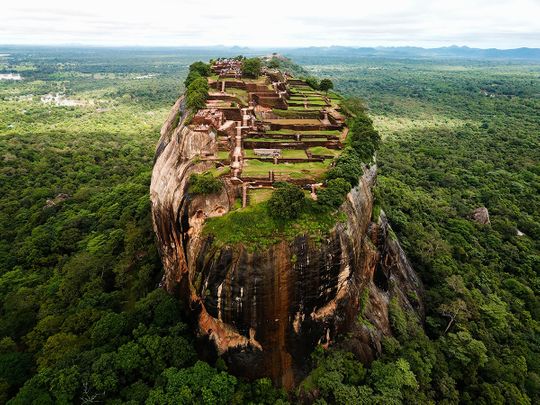
What’s in a name? For countries, apparently a lot.
Click start to play today’s Crossword, where you can state the former name of Thailand, in 4-Down.
Wars, changes in government, independence and land divisions are some of the reasons many countries around the world went through the arduous task of changing their name. It’s often not a simple task, and in most cases, ends up having an economical cost. But for many countries, a change in name has been vital to national identity and heritage, and well worth the effort.
Here are five countries that were once known as something completely different:
1. Sri Lanka
Once named Ceylon by Portuguese colonists, who discovered the island nation in 1505, Sri Lanka changed its name to its current one in 1972. The country, known for its abundance of spices, was a prized colony, first for the Portuguese and then the British. Sri Lanka gained its independence in 1948, and years later, changed its name to its historic title – Lanka (which means island) – and added on ‘Sri’, which means resplendent. In 2011, all references to Ceylon – in companies and official organisations – were removed.
2. Czech Republic
As recently as April 2016, the Czech Republic shortened its name to Czechia, in order to facilitate the naming of the country in international sports events, and as part of global marketing efforts. Although the name change has been discussed for 20 years, the decision to shorten it finally came about so that its pronunciation would be easier in all six of the country’s official languages: English, French, Russian, Chinese, Spanish and Arabic.
3. Swaziland
Another recent change, April 2018 saw the king of Swaziland in Africa, issue a statement declaring that the country’s name would be changed to Eswatini. It didn’t come as a major surprise, since indigenous people had already been using that name for years – it merely is a translation of Swaziland in the local language, and means “the land of Swazis”. Another reason for the name change is that many people mistook the country for Switzerland at first glance.
4. Burma
In 1989, Burma’s ruling military junta was adamant about changing the name of the country from Burma to Myanmar, in order to preserve the way it’s written in the local language: Myanma. But the name change has been met with a great deal of controversy, since a great deal of bloodshed surrounded the naming of the country. The US and UK still do not use the official name of Myanmar, and former US Secretary of State Hillary Clinton has been known to repeatedly refer to the land as “this country” or Burma, and never as Myanmar. However, the change has been recognised by the United Nations (UN) and countries, such as France and Japan.
5. Cape Verde
A country comprising ten islands, off the coast of west Africa, Cape Verde received an identity makeover when it reverted to its original Portuguese name in 2014: the Republic of Cabo Verde. Meaning “green cape”, the name change harkens back to 1444, when Portuguese explorers discovered the country and gave it its original name.
What do you think of these historic name changes? Play today’s Crossword and tell us at games@gulfnews.com.









